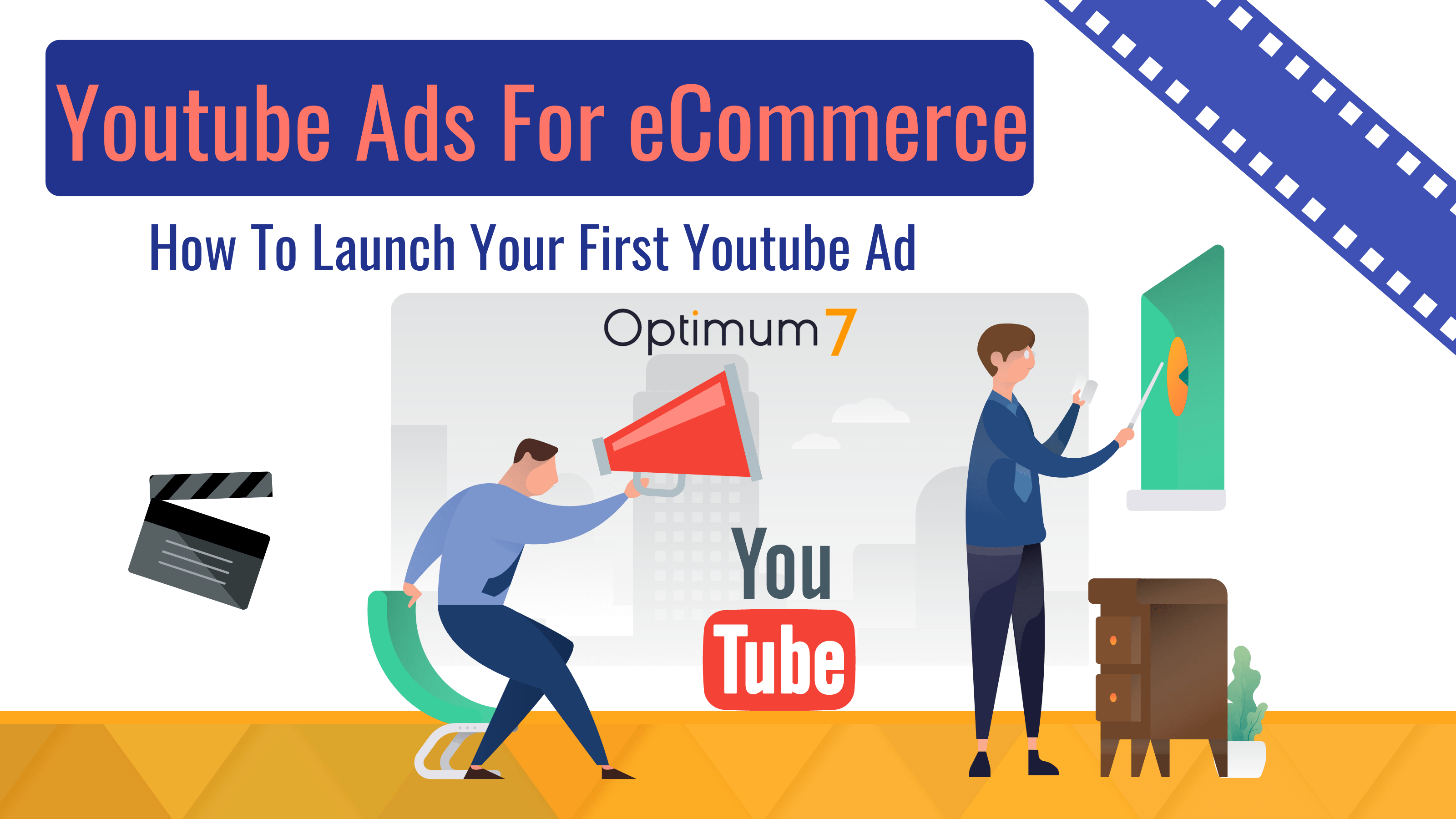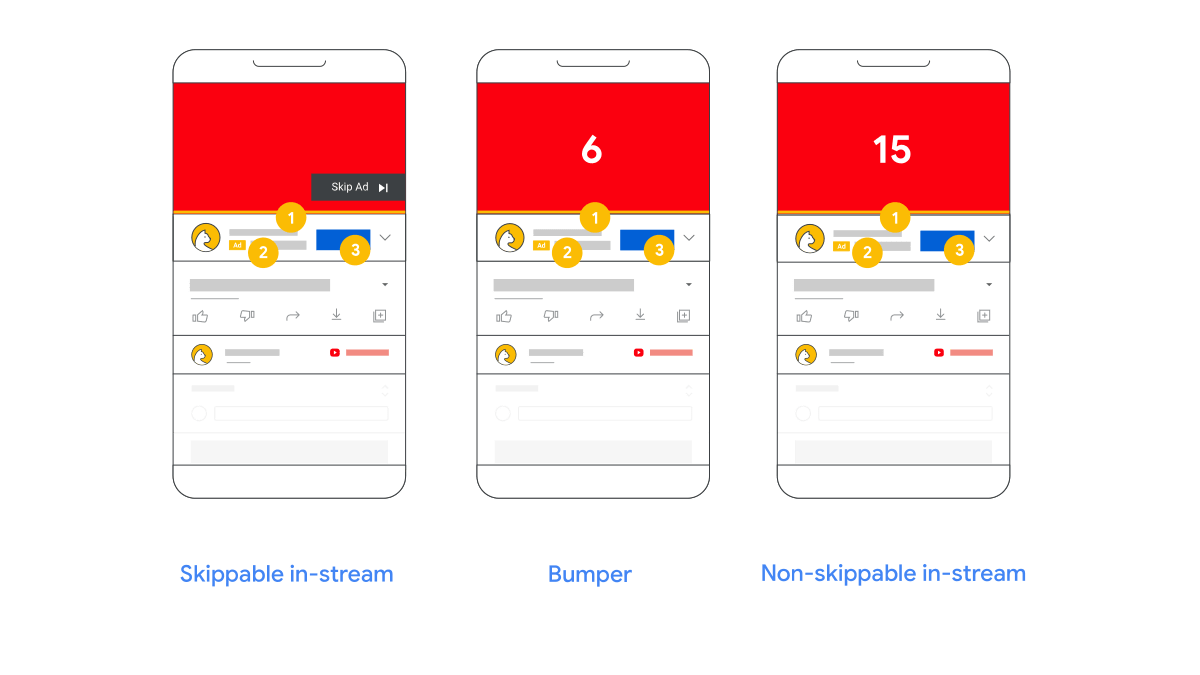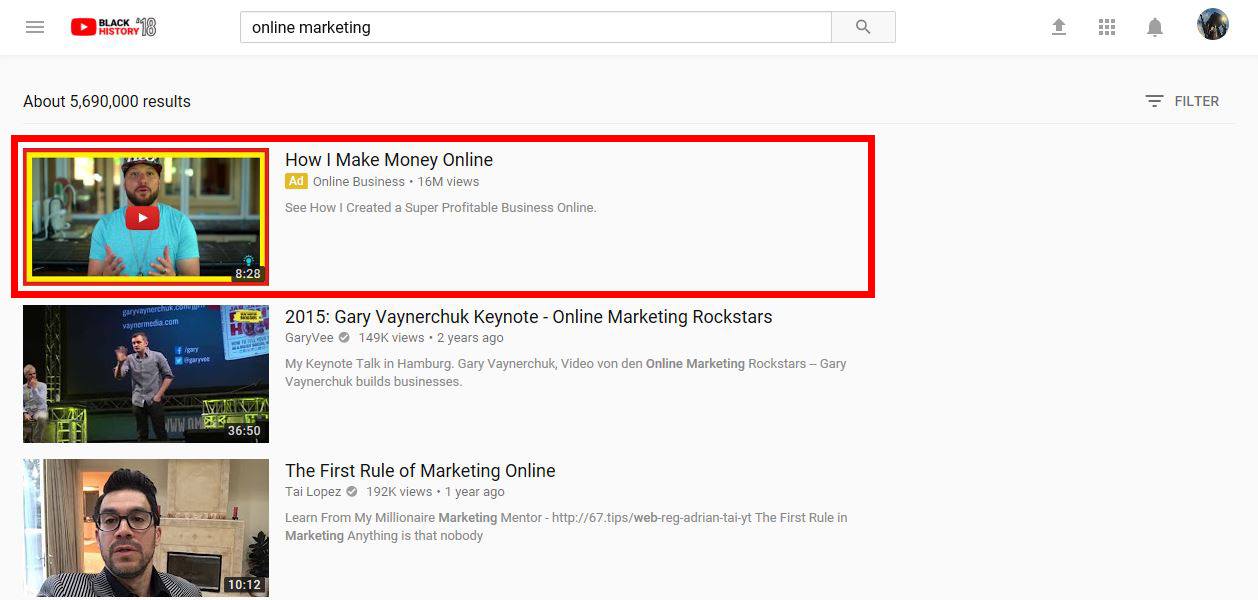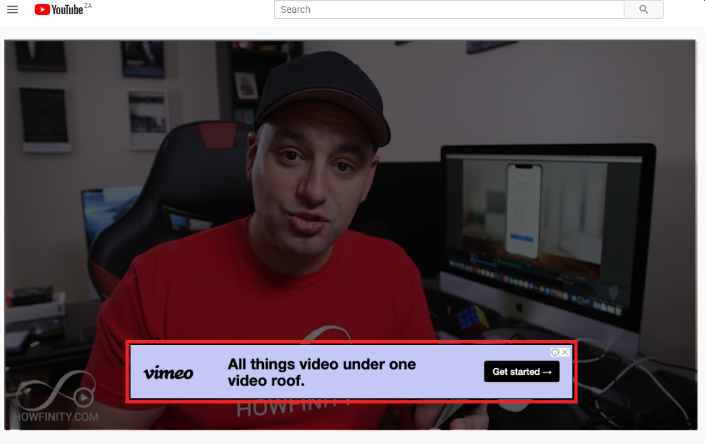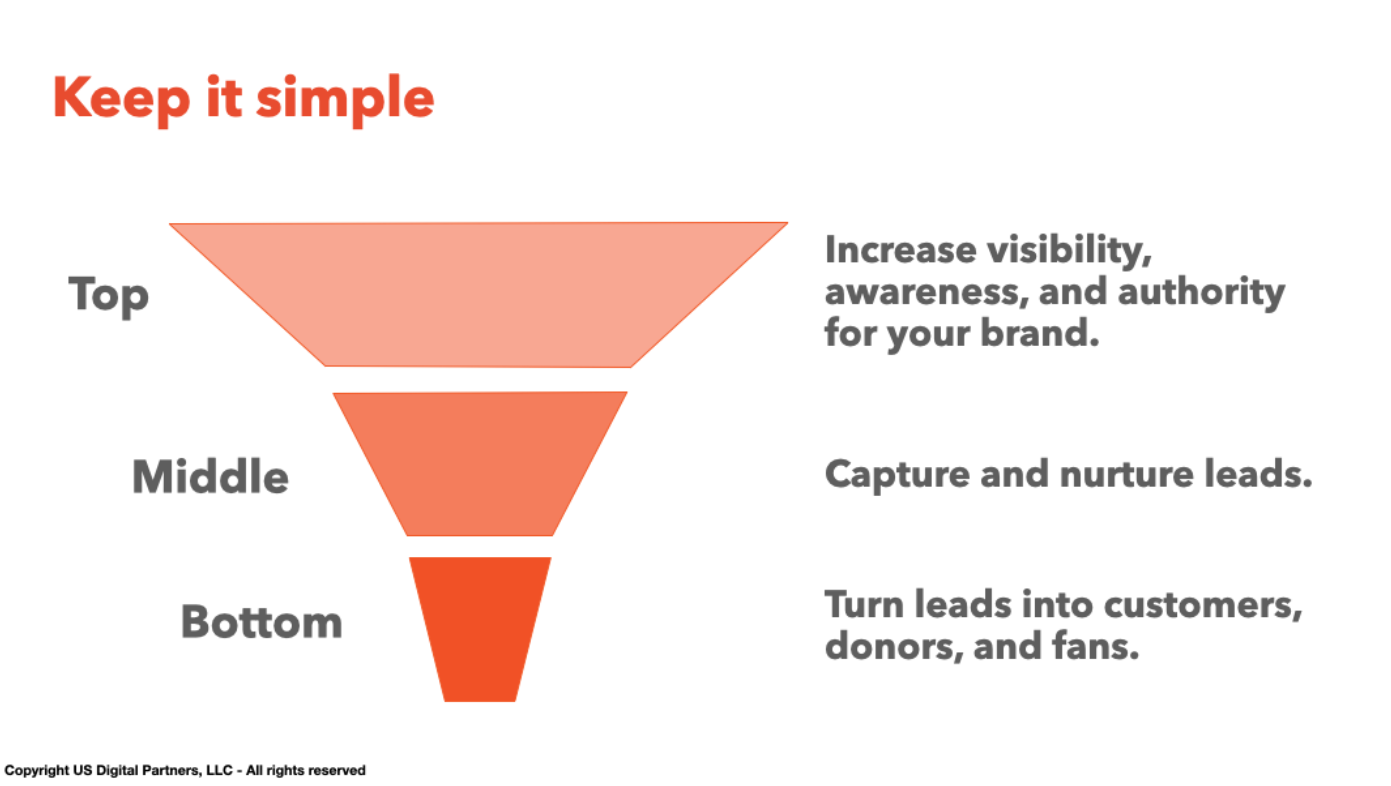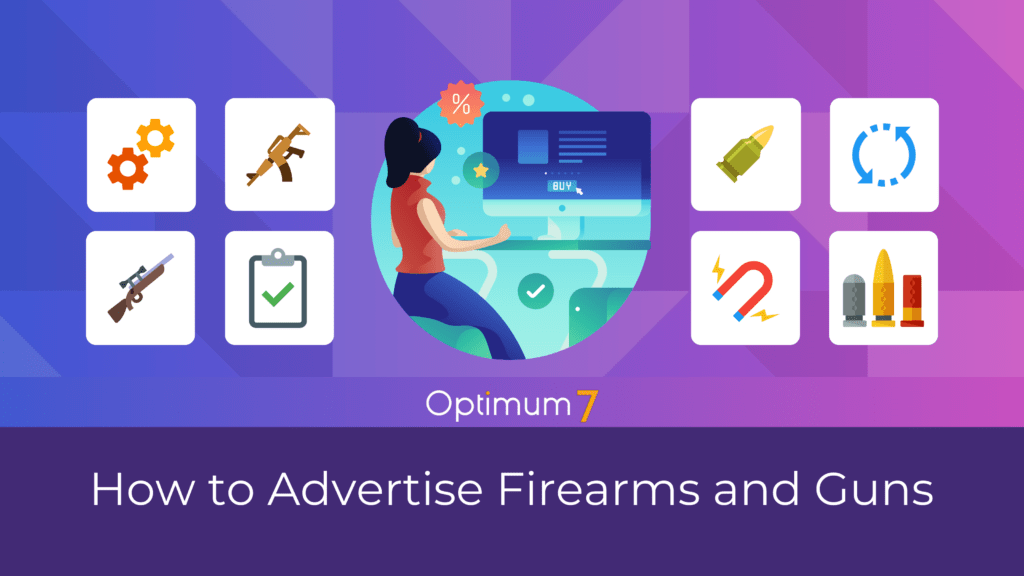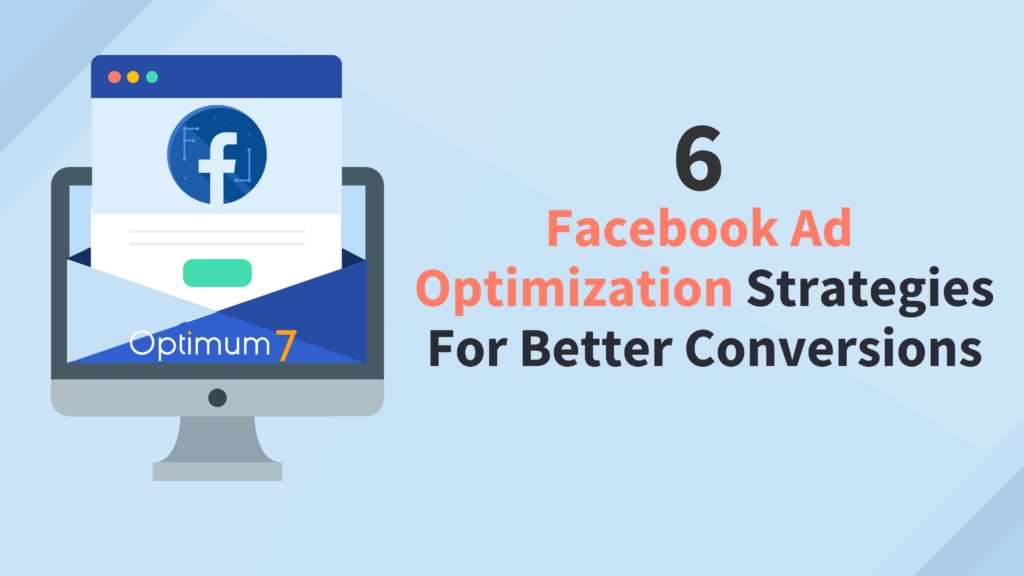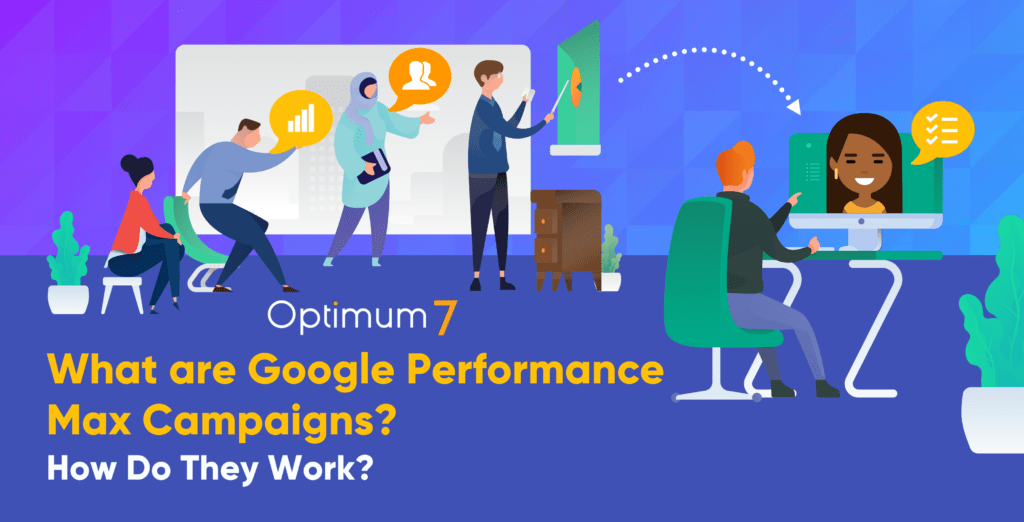YouTube is a powerful platform that can help you reach new leads and customers. If you don’t have a YouTube eCommerce marketing plan in place, you’re missing out on a vital opportunity to increase your brand’s reach.
YouTube ads for your eCommerce business can be an effective way to reach new users and promote your products or services. When creating your ads, be sure to target your audience and create compelling content that will grab their attention.
With over 1.8 billion users, YouTube provides you with a huge potential customer base – so make sure you’re taking advantage of it! If you’re not sure where to start, after reading this guide, you’ll be ready to get started with YouTube advertising for your eCommerce business.
Why is YouTube Advertising So Important?
As the second-largest search engine in the world, YouTube provides you with a massive opportunity to reach new customers. Put simply, it’s not a platform you can afford to ignore.
YouTube ads are an effective way to reach out to potential customers and promote your products or services. When done right, they can be extremely powerful in driving sales and building brand awareness.
However, as with any form of advertising, there’s a risk of it being ineffective if not done correctly. That’s why it’s so important to take the time to understand how YouTube advertising works and create ads that are targeted at your specific audience.
YouTube is a powerful platform with a lot to offer businesses of all sizes.
By doing the targeting right and setting up your strategy properly, you’ll be able to ensure that your ad spend is adequate and that you’re getting the most out of YouTube advertising. In addition to the large potential audience that comes built-in, YouTube also has great analytic and reporting tools.
This data can give you a lot of insight into how effective your campaigns are. The brand-lift assessments are particularly useful, as they show the direct impact your ad campaigns have on brand awareness and recognition.
As a result, YouTube provides a wealth of opportunities for businesses that are looking to reach new customers and grow their brands.
What are the Different Types of YouTube Ads?
There are four main types of YouTube ads:
Bumper YouTube Ads
Bumper ads are a great way to get your company in front of consumers when they land on YouTube videos. These short videos only play for six seconds, so you know that people will be able to watch the whole thing without clicking away right away!
You’ll pay based on how many views or engagements happen during this time span. This means that what visitors do while on your video is just as important as the views themselves.
Bumper ads are a great way to raise awareness and get in front of as many people as possible. According to YouTube’s data, brands that use bumper ads see a significant rise in ad recall.
Trueview Ads
Trueview ads are the most popular type of YouTube ad. These appear before or during YouTube videos.
There are two types of Trueview ads: in-stream and discovery.
In-stream ads are the ones that play before a video starts, and discovery ads appear in the suggested video sidebar. You only pay for Trueview ads when someone watches or interacts with your ad for at least 30 seconds (or the duration of the ad, whichever is shorter).
You can use Trueview ads to generate sales and get people interested in your company. This will help you drive traffic towards the website, which means more potential customers!
Video Discovery
Video Discovery Ads are designed to look just like normal YouTube videos, but they’re actually ads. You can find these special advertisements in at the top of the YouTube search results page.
These video ads are a great way to get your brand in front of potential customers without breaking the bank. However, you will pay the money whether they watch it or not — once clicked the ad completes its objective.
Video discovery ads are the perfect marketing tool for increasing your YouTube channel’s visibility and exposing people to what you have available.
Preroll Ads
If you’re looking for a way to reach a wide audience on YouTube, preroll ads are a great option. These non-skippable ads can appear before, during, and after a video, giving you ample opportunity to get your message across.
They typically last for 15-20 seconds, giving you enough time to deliver your key points without becoming overly intrusive. Best of all, preroll ads are easy to produce and can be highly effective in driving up viewership and engagement.
So if you’re looking for a way to give your YouTube channel a boost, preroll ads are definitely worth considering.
With Preroll Ads, you only pay when someone clicks on your ad.
These are more likely to entice clicks than traditional banner ads and other PPC formats. Because we provide them with valuable information or services, it’s in their interest to explore further.
If you use preroll ads, your ad needs to be engaging and captivating. People can’t skip them so, you can hold their attention for longer periods than traditional methods, which means that users will feel less irritated.
Preroll ads are the perfect opportunity to show off your product and make it more appealing to potential customers.
Overlay Ads
Overlay ads are a great way to support your in-stream video ads.
Overlay Ads can be shown at the bottom of any given content, and they will not take up much space on the screen.
Now that you know the ad types on YouTube, let’s talk a bit more about creating your ad campaign and funnel.
You Need Specific Ads for Each Funnel
The funnel is the most important part of your marketing strategy. It’s not enough to have one overpowered ad; you need multiple ads that cater specifically to different stages in a user’s journey through your product or service.
In order to create a successful sales funnel, you should have content that resonates with, and is relevant to, users at all stages of the digital process.
Top Funnel Strategies for New Audiences
There are a number of ways to go about implementing top-of-the-funnel strategies. One popular method is YouTube advertising.
You can create video ads that will be shown to users who are not subscribed to your channel and who have not interacted with your brand before. The idea is to get your ad in front of as many potential customers as possible and to pique their interest so that they will want to learn more about your business.
Another common top-of-the-funnel strategy is to use retargeting ads.
These are ads that are shown to users who have visited your website but haven’t taken any action, such as making a purchase or signing up for a newsletter. The goal of retargeting ads is to remind potential customers about your brand and to encourage them to take the next step in the sales funnel.
Whatever strategies you choose to implement, the goal is always the same: to introduce your business to new, cold audiences and to get them interested in what you have to offer.
Using In-Market audiences for TrueView ads is recommended.
There are 500 market lists in this Audience Insights tool. Upload your current customer list and see which ones are the most like your current customers.
After that, you can use the information to target cold audiences.
Google offers a variety of options when it comes to targeting your audience. One effective option is custom intent audiences. This allows you to target users who are actively researching certain keywords. For example, if you’re trying to sell painting supplies, you might target users who are researching phrases like “how to paint” or “painting tutorial.” Custom intent audiences can be a great way to reach potential customers who are already interested in what you have to offer.
Middle Funnel Strategies for the Target Audience
Middle Funnel audiences are usually called warm audiences because they’re less critical consumers. These people include those who have visited your site but not converted or watched all of our branded videos and even added products to their cart without converting.
As these people already know your brand, they need help choosing a product and converting. You can show your audience user-generated content like video reviews to make them believe that your product or service is worth buying or help them decide on a product by comparing two best-selling products with each other.
Lower Funnel Strategies for Hot Audiences
A hot audience is a group of people who are most likely to convert into customers. This can be measured in a number of ways, but generally includes people who have shown an interest in what you’re selling.
For example, someone who has subscribed to your YouTube channel or signed up for your email list is considered a hot lead. These people are valuable because they’re already interested in what you have to say and are more likely to buy from you.
The key to successfully selling to a hot audience is to provide them with content that is relevant and useful.
This can be done through targeted ads, email marketing, or even just providing helpful resources on your website. If you can give these people what they want, you’ll be well on your way to making a sale.
It’s important to always have retargeting campaigns running to appeal to hot audiences who only need a nudge to convert.
No matter what stage of the funnel your audience is in, it’s important to create content that is relevant and useful. By doing this, you’ll be able to nurture your leads and eventually turn them into customers.
How to Create a YouTube Ad Campaign Strategy
The key to a successful YouTube ad strategy is developing a comprehensive plan that will provide you with a high ROI.
Remember this while building your strategy!
1. Set Your Goals
The first step in creating your YouTube ad strategy is to decide what your goals are. What do you want to achieve with your ads?
Are you trying to increase brand awareness? Drive traffic to your website? Increase sales?
It’s important to have a clear goal in mind before you start creating your ad because it will determine what kind of ad you create and where you place it.
2. Know Your Target Audience
The next step is to identify your target audience. Who are you trying to reach with your ads?
You can’t just advertise to everyone, so it’s important to narrow down your target audience and create ads that are relevant to them.
3. Understand the Buyer’s Journey
Once you know who you’re targeting, you need to understand the buyer’s journey. The buyer’s journey is the process that consumers go through when they’re considering a purchase.
There are three stages to the buyer’s journey: awareness, consideration, and decision.
4. Choose the Right Ad Type
Now that you know your goals and target audience, it’s time to choose the right ad type. There are a few different types of ads you can run on YouTube, so it’s important to choose the one that’s best for your business.
The three most common types of YouTube ads are in-stream, discovery, and bumper. You can think about using different ad types for different funnel levels.
5. Set Up Your Campaign
Once you’ve chosen your ad type, it’s time to set up your campaign. You’ll need to create a campaign in your Google Ads account and then add your ad groups and targeting.
6. Test, Measure, and Optimize
You can’t make informed decisions about your advertising campaign if you don’t know what is working. So track clicks, views, and video viewing time to see which ad drives the most results!
After your campaign is up and running, it’s important to test, measure, and optimize your ads.
Last Tips for Better Ads and Higher Conversion Rates
You are almost set. However, launching and maintaining YouTube Ads is literally a profession.
People do this for money. It’s okay if you can’t nail it at first, but we’re sure you’ll manage after some time.
Because of that, it’s best if you squeeze all of the information there is. So here are a couple of tips that will help you establish an effective YouTube ad campaign.
1. Keep Your Ads Short
You only have a few seconds to capture someone’s attention, so it’s important to make sure your ad is short and to the point. The ideal length for a YouTube ad is 15-30 seconds.
2. Use a Call-To-Action (CTA)
Your ad should have a clear call-to-action that tells viewers what you want them to do. Do you want them to visit your website? Watch a video? Subscribe to your channel?
Make sure your call-to-action is clear and easy to follow.
3. Show the Benefit of Your Product ASAP
With TrueView ads, the focus should be on showcasing your product’s benefits as soon as possible. With shorter video formats like bumper clips or banners, it is essential that you show what makes these items unique within just six seconds of an ad playing.
4. Always Monitor and Optimize Your Ads
You need to constantly monitor your ads to see how they’re performing. Are people watching them all the way through? Are they clicking on your call to action?
If not, you need to optimize your ad so that it’s more effective. The only way to do this is by testing different versions of your ad and seeing which one performs better.
5. Don’t Forget About Your Landing Page
Your ad is only half the battle. The other half is your landing page.
Your landing page is the page on your website that viewers are taken to after they click on your ad. This is where they’ll make the decision to convert or not, so it’s important to make sure your landing page is effective.
Here are a few things to keep in mind for your landing page:
- Make sure it’s relevant to your ad
- Include a clear call-to-action
- Use strong visuals
- Make the forms easy to fill out
Don’t Miss Out 0n YouTube Ads, Start Today!
What are you waiting for?
The time to take advantage of YouTube ads is now!
These videos will help your company reach more people interested in what it has to offer. With a great targeting system and creative campaigns, there’s no limit on how much success they can bring.
The more specific and tailored your campaign, the better results you’ll get. Keep that in mind as you’re creating campaigns for different audiences with varying interests!



